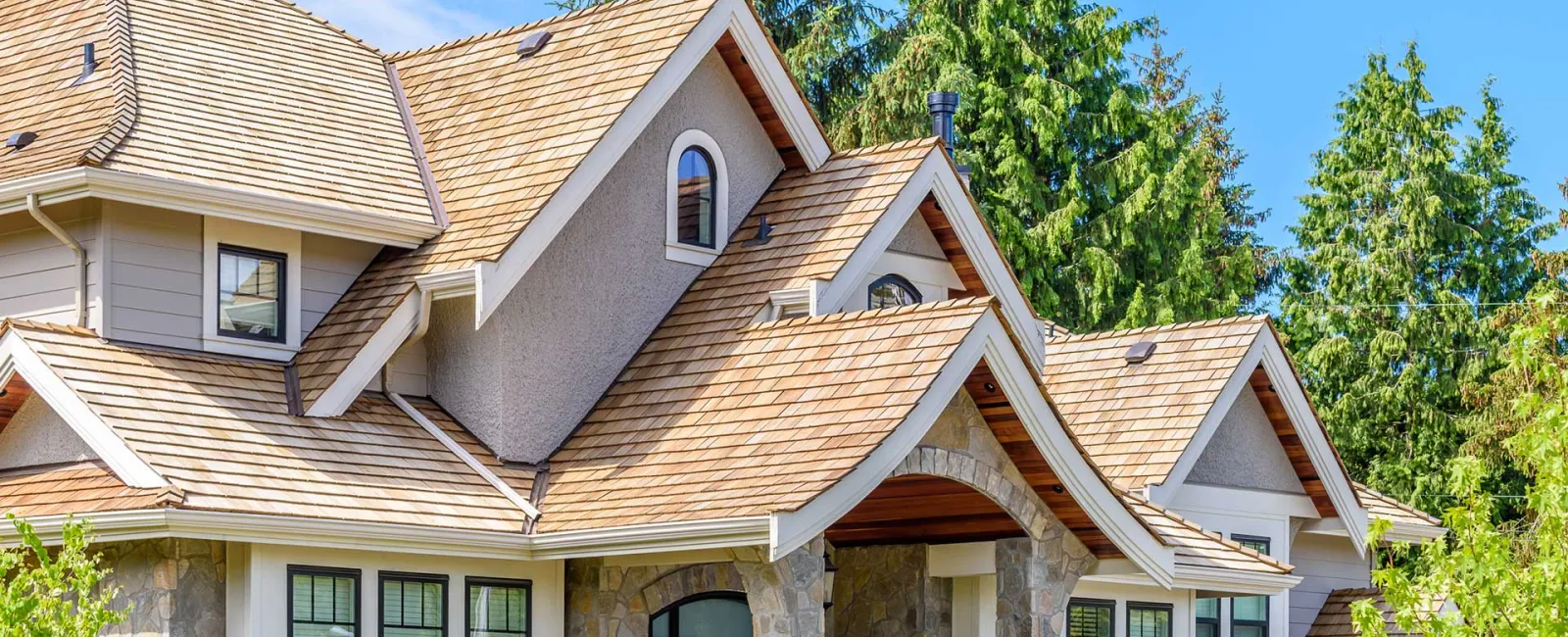A common question homeowners have is how to keep their homes as warm or cool as possible, depending on the season. One thing that doesn't frequently cross their minds is the roof. However, a roof plays a significant role in maintaining optimal temperature indoors. There are multiple aspects that play a factor in how the roof directly influences the amount of hot or cold air that ends up inside of your home. Let's have a look at some of the most important ones.
Roofing Material
Roofing material is one of the key components that will affect your home's indoor temperatures. There are certain roofing materials that reflect the heat as well as some that absorb it which leads to a warmer home.
Asphalt shingle is a type of roofing material that doesn't reflect a lot of heat or light. It's estimated that asphalt shingles reflect approximately 30% of the light that hits your home which could be beneficial in the winter. With asphalt shingles your home, attic, and roof will absorb more heat from the sun. This will lead to your house being warmer.
In the warmer months, if you want a nice cool home, you can opt for one of the many color roof options such as metal roofing. Metal roofs are known to reflect most of the light and heat that comes from the sun which leads to a cooler, more energy efficient home. It's also known to maintain an even temperature year-round.
There are many other types of roofing materials, all with different absorption properties, so it could be difficult to choose which material will fit your needs. It's also important to note that material properties won't change as the seasons change. This means that if your roof reflects heat during the summer months, it also reflects it during cooler months. This should be considered when choosing your material.
Roof Color
Roof color will not only affect your curb appeal, it also plays a significant role in the effect on the temperature inside of the home. When considering different roofing options make sure to choose the material and color that fit all of your needs.
Darker colored roofs absorb more heat and keep your home temperatures higher. Light colored roofs, on the other hand, will help to decrease the temperatures and keep your home cooler. This happens because lighter colors are more reflective than darker ones.
Darker roofs also tend to retain the heat that comes from the sun more so than the lighter ones, heating up the beams beneath it, the attic, and the rest of your home. This works really well in places where it snows a lot because the snow will melt more easily off of them.
Attic Ventilation and Insulation for Increased Comfort
The ventilation and insulation that you have underneath your roof will also have an impact on indoor air temperatures. The ventilation will allow air to circulate in a natural and healthy way, preventing both the buildup of hot or cold air within the attic. It also prevents air from escaping your home.
When it comes to attic insulation, it has a very similar purpose - maintaining the roof temperature keeps the temperature stable inside your home. It helps to keep you warm during winter and cool during summer. With the right amount of insulation, you can also help prevent the cold or heat that is inside your attic from reaching the rest of your home.
Schedule Roofing Inspection
Keeping your home nice and comfortable is not always an easy task, especially if you don't know how different parts of your home affect the indoor temperature. The roof is one of the most important parts of your home and as you have seen, it has a major impact on keeping you comfortable.
Our team is happy to help provide you with information for making the best selection for your needs.

